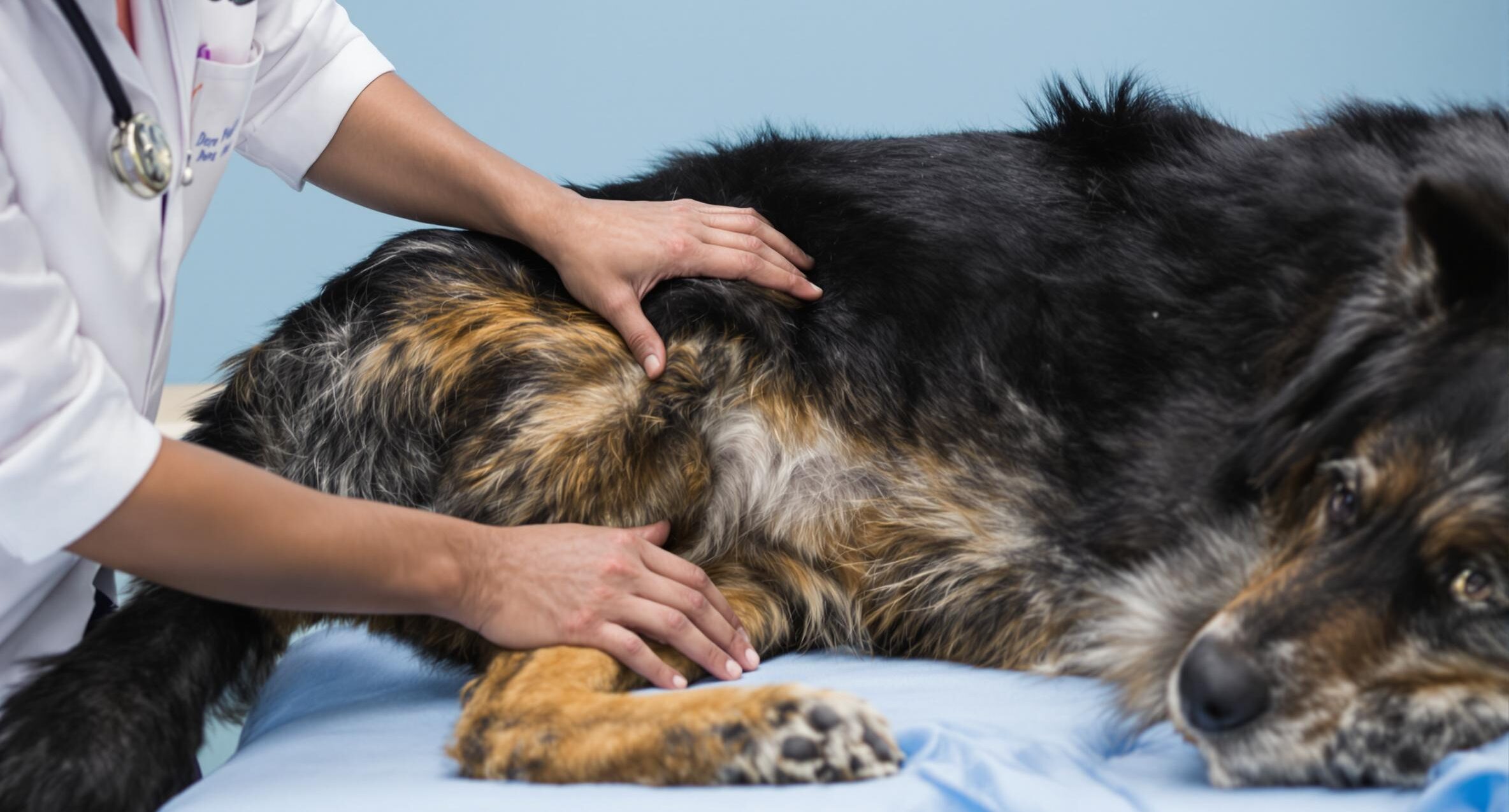
Key takeaways:
- Introducing a new dog requires thoughtful planning to ensure a smooth transition and harmonious relationship between pets.
- Prepare for increased expenses with a second dog, including setting up a budget plan and exploring pet insurance options to maintain high-quality care.
- Address potential behavioral challenges, such as jealousy, by providing individual attention and creating personal spaces for each dog.
There’s nothing quite like watching your dog’s tail wag with joy — and if you’ve ever caught yourself wondering whether a second dog might double that happiness, you’re in good company. Bringing a new dog into your home can spark laughter, companionship, and adventure. But let’s be honest: adding a second dog isn’t just a heartwarming idea. It’s a meaningful decision that requires thought, patience, and a little preparation.
Creating a peaceful, happy home for two dogs takes planning and consistency. You’ll want to make sure each dog feels secure, welcomed, and part of the family. At PetHealthMD, we’re here to guide you through it all with helpful, easy-to-understand resources made for everyday pet parents. Just be sure to talk to your vet if you have any concerns about your dogs’ health or behavior. Let’s walk through some real-world tips that can help both of your dogs feel right at home — together.
Tip #1: Determine the best time and method for meeting a new dog
That first meeting between your current dog and their future furry sibling is an important step, and the way you handle it can shape how they get along.
Pick a neutral outdoor location — like a quiet park or a spacious backyard — so there’s no territorial tension. Plan the introduction when both dogs are relaxed, not overly excited, or just finished eating. Keep leashes loose and energy low.
Try a side-by-side walk with some distance between them. It’s a low-pressure way to get them used to each other’s presence. Toss in a few treats when they stay calm — it’s about creating positive vibes right from the start.
If tails are wagging and body language is relaxed, you’re on the right track. But if one of them seems stressed or overwhelmed, give them space and slow things down. This isn’t a race — it’s the start of a friendship.
Tip #2: Secure Your Dogs’ Comfort by Planning Your Finances
Bringing home another dog isn’t just about doubling the cuddles — it also means budgeting for food, supplies, and veterinary care.
Plan on $200–$300 upfront for basics like collars, toys, and gear. Some pet parents even start a “New Dog Fund” a few months ahead of adoption — putting away a little each week to help cover the cost.
Health-related expenses should be part of your plan. Pet insurance that covers checkups, accidents, and illnesses can help, and many providers offer discounts for multiple pets. Also, check with your vet about multi-pet discounts or same-day appointment deals.
Cutting costs doesn’t mean sacrificing quality. Buying in bulk or using subscription services can lead to savings. Set a monthly budget for each dog — $100–$150 is a solid starting point — and build an emergency vet fund just in case.
Tip #3: Craft effective training plans for both dogs
Managing training with two dogs takes some creativity and patience, but the effort pays off. Start with individual sessions. Let one dog relax in another room while you work with the other. This setup helps each dog focus without distractions.
Short and focused sessions — 5 to 10 minutes each — work best. Use clear commands and treat rewards. To avoid confusion, consider using slightly different cues or hand signals for each dog.
As they become more comfortable, practice activities together. Praise calm behavior when they walk side by side or take turns during games. These shared experiences help them build trust.
Tip #4: Address behavioral challenges like jealousy
Dogs can feel jealous too, especially when things change at home.
Keep an eye out for behaviors like one dog getting in between you and the other, guarding spaces or toys, or acting out when attention shifts. These may be signs they’re feeling unsure.
Give each dog their own area to eat, rest, and relax. Make time for one-on-one attention with each pet. A few minutes a day of quality time can really help things stay balanced.
If your dogs are showing guarding behaviors or signs of stress, talk to a trainer or your vet. They can offer tips for helping both dogs feel more secure.
Tip #5: Maintain regular vet care and health records
Staying on top of vet care is important when you have more than one dog — from checkups to vaccines and medications.
Use an app or notebook to track appointments, medications, and any changes in behavior. Organized records make it easier for your vet to spot any issues.
Try to schedule both dogs for appointments on the same day. It’s convenient, and your dogs may find comfort in having their buddy nearby. Let your vet know you have two dogs — they may offer helpful advice or options.
Certain breeds can be prone to specific health issues, so talk to your vet about what to watch for. If you notice anything unusual, it’s always best to ask.
Tip #6: Create a calm home environment

Both dogs will do better when they have their own spaces and a routine they can count on.
Set up quiet spots with beds and toys, and feed them far enough apart to avoid any food squabbles. Giving them room to unwind makes a big difference.
Stick to regular mealtimes, walks, and play sessions. Dogs feel more relaxed when they know what to expect each day.
Keep things interesting with toy swaps, treat puzzles, or fun activities that match each dog’s energy level. These simple ideas help them stay happy and active.
Common questions about adding a second dog
How can I make mealtimes peaceful with two dogs?
Feed them in separate spaces — different rooms work best, or use baby gates for a little separation. Stick to consistent meal times so both dogs know what to expect and can eat in peace.
What’s the best way to give both dogs enough attention?It’s also helpful to continue spending solo time with each dog whenever possible. Even short walks or play sessions can keep your bond strong and support their emotional well-being.
How can I encourage positive play between my dogs?
Start with short, supervised play sessions in a low-pressure setting like the backyard. Praise calm behavior, keep favorite toys nearby, and try fun activities like fetch or tug to help them connect.
What signs show my dogs need more space from each other?If one dog keeps walking away, shows a stiff posture, or avoids interaction, it might mean they need a break. Give them quiet zones to retreat to with cozy beds and their favorite toys.
How do I manage vet visits and healthcare needs?Track each dog’s health with separate files or color-coded tags. Apps can help you stay on top of appointments and reminders. Be sure your vet knows about both dogs so they can offer tips that work for your household.
What can I do to prevent tension between my dogs?
Consistency helps. Keep house rules the same for both, make sure they get plenty of activity and always supervise new situations. A good routine and rewards for good behavior go a long way.

Ready to welcome a second dog into your life?
With a little patience and planning, your home can become a happy space where both dogs feel loved and secure. Give your new dog time to adjust, especially if they’re coming from a shelter. And when it comes to your dogs’ health — whether it’s diet, behavior, or care —don’t hesitate to reach out to your veterinarian.
At PetHealthMD, we’re here to support you with clear, vet-reviewed advice at every stage of life with your dogs. Visit PetHealthMD to find helpful tips, tools, and information that can make caring for both of your dogs easier and more rewarding.





